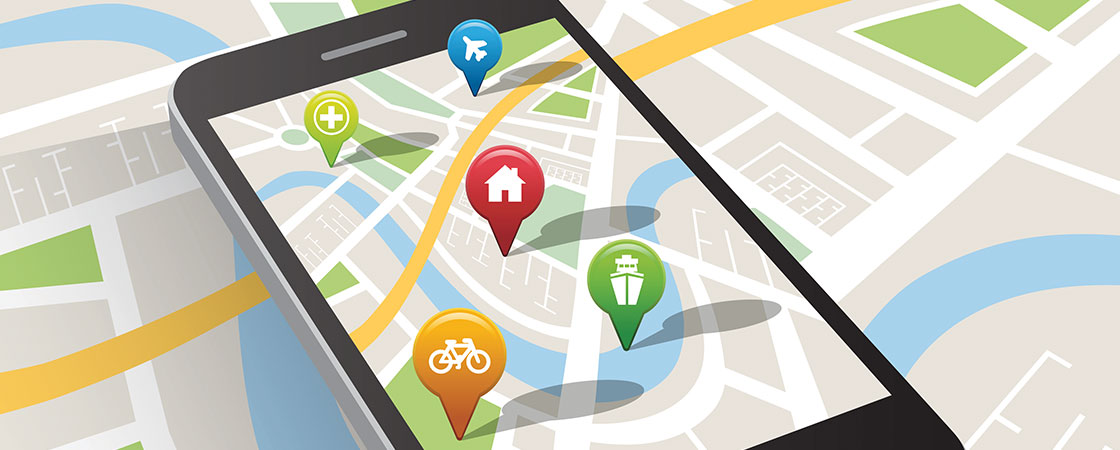Courtesy of the Family of Gladys West
Dr. Gladys B. West, 1981
It’s Saturday morning and your dad is taking you to a soccer tournament. Neither of you knows how to get there, but you’re not worried. Why would you be? All you need to do is plug the address into your phone. In 500 feet, turn right, says a calm voice.
But have you ever wondered exactly how you’re able to get such precise directions? Is it magic? Aliens? Tiny elves inside your phone? Not quite.
Our phones are equipped with something called GPS, which stands for Global Positioning System. GPS is a network of some 30 satellites that orbit Earth and help us find our way around.
Most of us use GPS every day—and not just to get directions. GPS lets you share your location with your parents when you’re out with friends, tag the location of your favorite coffee shop on Instagram, and quickly find the nearest diner with the best fries.
GPS became widely available in the 1990s, but the story of GPS begins long before that. It begins on a Navy base in Virginia some 50 years ago. That’s when a mathematician named Dr. Gladys B. West began working on a top-secret project that would one day change all our lives forever.


